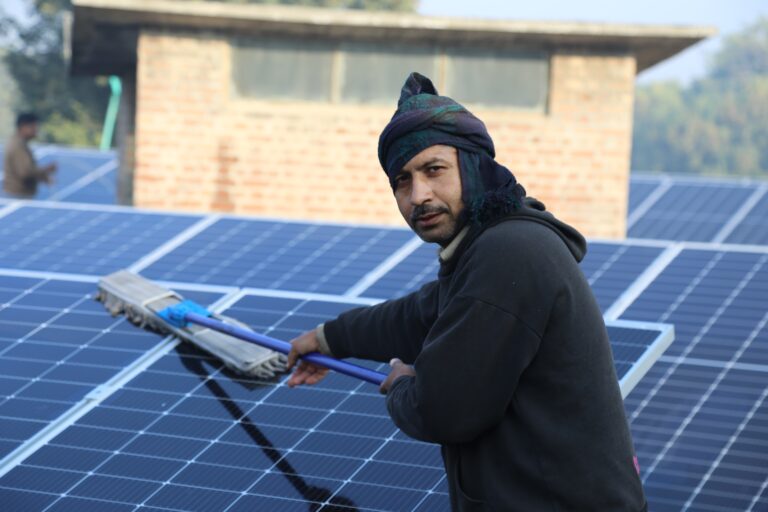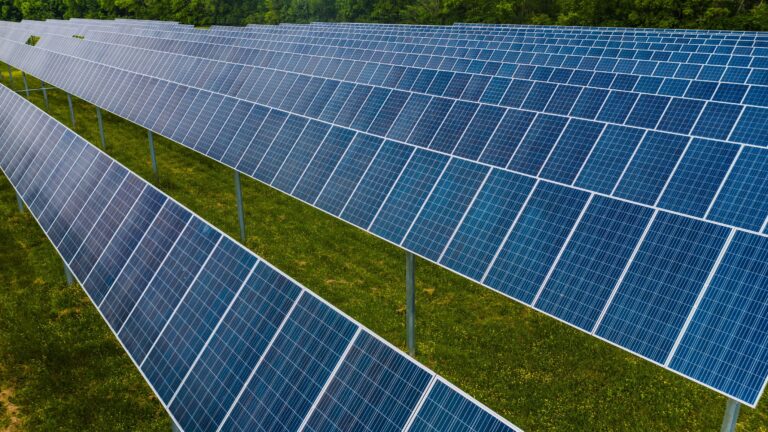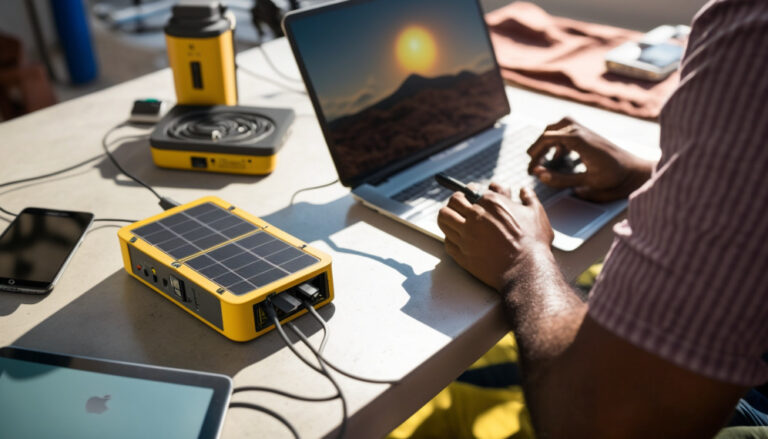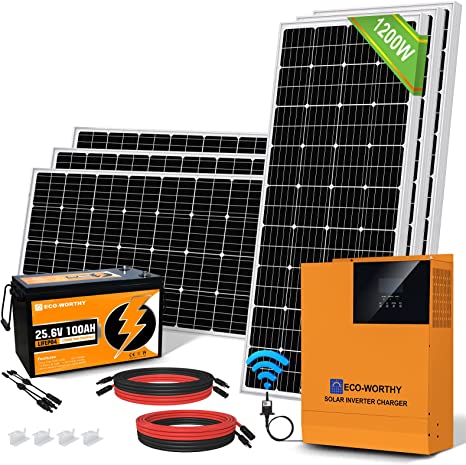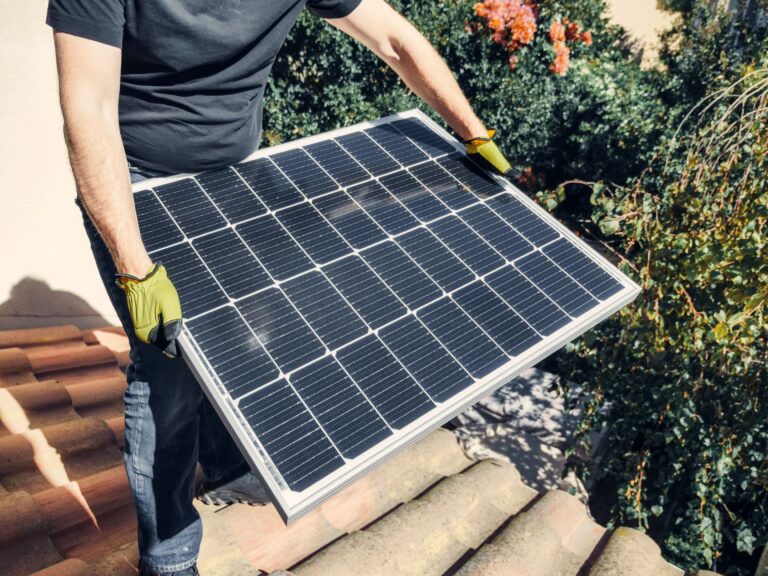How Much Do Portable Solar Panels Cost?
Understanding the cost factors of portable solar panels helps in making informed purchasing decisions. Prices vary based on wattage, durability, brand reputation, size, and material quality. High wattage and durable materials increase costs but offer greater value in terms of efficiency and longevity. Additionally, the brand can significantly impact pricing, with well-known brands often commanding higher prices, though less recognized brands might provide similar quality at a reduced cost. For budgeting, consider not only the purchase price but also potential additional costs such as maintenance and installation. Ultimately, balancing these factors against personal needs and budget constraints is crucial.
Table of Contents
Portable solar panels have grown in popularity in recent years as individuals seek for renewable energy sources for camping excursions or off-grid living. These panels are an excellent complement to any camping equipment since they give a dependable supply of electricity without the need for regular power sources. In this article, we’ll look at the advantages of portable solar panels and why they’re becoming a popular choice for outdoor lovers and individuals who live off the grid.
One of the primary advantages of portable solar panels is its capacity to create electricity by harnessing the power of the sun. This implies they are a clean and renewable energy source with no hazardous emissions. Portable solar panels are also lightweight and portable, making them suitable for camping excursions or other outdoor activities.

Factors Affecting Portable Solar Panel Cost
Portable solar panels have grown in popularity in recent years because they provide a practical and environmentally responsible option to generate power on the go. However, the price of solar panels can vary greatly based on a variety of factors. In this post, we will look at some of the major elements that might influence the price of portable solar panels.
Wattage
The wattage is one of the most important parameters influencing the cost of portable solar panels. In general, the higher the wattage, the higher the cost of the panel. This is due to the fact that higher wattage panels demand more resources and are more difficult to manufacture.
Durability
Durability is another element that might influence the cost of portable solar panels. Panels built to survive harsh weather and rigorous handling are usually more costly than those that are not. This is due to the fact that they necessitate more durable materials and building processes.
Brand
The brand of the portable solar panel might also affect the price. Well-known companies with a track record of quality and dependability may frequently charge a premium for their products. It is worth mentioning, however, that lesser-known brands may offer comparable quality at a cheaper price range.
Size
Another cost-influencing issue is the size of the portable solar panel. Larger panels will normally cost more than smaller ones since they require more materials and are more difficult to transport.
Materials Quality
Finally, the cost is affected by the quality of the materials used in the building of the portable solar panel. Panels made of higher-quality materials are often more expensive than those made of lower-quality materials.
Finally, there are various elements that might influence the cost of portable solar panels. While certain elements, such as wattage and durability, might add significant expenditures, others, such as brand and size, may not. Finally, while selecting a portable solar panel that matches your demands and budget, it is critical to examine all of these variables.
Average Cost of Portable Solar Panels
Outdoor enthusiasts, campers, and hikers are becoming interested in portable solar panels. The price of solar panels varies according on their size, wattage, and features. Portable solar panels can range in price from $100 to $500 on average.
The most economical portable solar panels are often smaller in size and provide less power. These panels are perfect for charging tiny gadgets like cellphones, cameras, and GPS units. They can range in price from $100 to $200.
Mid-range portable solar panels are bigger in size and produce more watts. These panels may charge bigger equipment like laptops and portable refrigerators. They can range in price from $200 to $400.
The most costly portable solar panels are usually the biggest and offer the most power output. These panels, which may cost up to $500, are great for powering large campsites.
The price difference between portable solar panels is caused by the quality of the materials used, the efficiency of the panel, and optional features such as built-in batteries and USB ports.
The Goal Zero Nomad 7, which costs around $100, the Renogy 100W Portable Solar Panel, which costs around $300, and the Jackery SolarSaga 100W Portable Solar Panel, which costs around $400 are some examples of portable solar panels in various price ranges.
Additional Costs
When it comes to purchasing a portable solar panel, there are some additional expenditures to consider. These expenses may include maintenance, installation, and any other components that may be required. This section will highlight these costs and provide advise on how to reduce them.
Upkeep Costs: Portable solar panels, like any other piece of equipment, require upkeep to perform properly. Cleaning the panels, repairing broken parts, and inspecting the wiring are all examples of maintenance expenditures. To reduce these expenses, it is critical to invest in high-quality solar panels that are long-lasting and require little maintenance. You may also clean the panels on a regular basis to prevent dirt and debris from gathering and reducing their performance.
Costs of Installation: Installing a portable solar panel might be costly, especially if you need to pay a professional to do it for you. However, you may save these expenses by buying a panel that is simple to install and comes with detailed instructions. If you have the proper knowledge and tools, you may easily install the panel yourself.
More Components: Depending on your requirements, more components such as batteries, charge controllers, and inverters may be required. These elements might raise the overall cost of purchasing a portable solar panel. To keep these expenditures to a minimum, it is critical to select a panel that has all of the necessary components. If you discover a better offer, you may also consider purchasing these components separately.
Finally, you should evaluate the additional expenditures associated with purchasing a portable solar panel. However, you may reduce these expenses and enjoy the benefits of solar energy by investing in high-quality panels, installing them yourself, and selecting panels that have all of the essential components.
Cost-Benefit Analysis
When contemplating purchasing a portable solar panel, it is critical to undertake a cost-benefit analysis to evaluate whether the investment is reasonable. This comparison compares the cost of the solar panel to the long-term benefits it can provide.
The price of a portable solar panel varies according to the brand, size, and features. The initial investment, however, can be rather significant, ranging from a few hundred to several thousand dollars. Despite their initial cost, solar panels can provide considerable utility savings over time.
To calculate the savings, you must consider the amount of power you consume as well as the cost of electricity in your location. A portable solar panel can often provide enough electricity to power small gadgets such as a laptop or phone charger. Over time, this can result in considerable savings on your power cost.
Solar panels are also ecologically beneficial and may help you lower your carbon impact. You may lessen your dependency on fossil fuels and contribute to a cleaner world by using solar energy.
Finally, before purchasing a portable solar panel, perform a cost-benefit analysis. While the initial cost may be substantial, the long-term savings and environmental advantages may make the investment worthwhile. To assess whether a portable solar panel is a suitable fit for your personal scenario, consider your power use and the cost of electricity in your location.
Conclusion: Making the Right Choice for Portable Solar Panels
Finally, the essay emphasized the significance of weighing the costs and advantages of a portable solar panel before making a purchase. The key topics covered are the benefits of portable solar panels, such as their capacity to supply clean and renewable energy, mobility, and long-term cost-effectiveness. However, before making a selection, it is also vital to examine the initial cost, the size and weight of the panel, and the quantity of energy required.
To select the best portable solar panel for their needs, readers should first examine their energy requirements and establish the size and weight of the panel that would be most appropriate for their lifestyle. They should also think about the initial cost as well as the long-term benefits of investing in a high-quality panel that will endure for many years.
Readers are encouraged to examine the benefits of portable solar panels and to make a conscious effort to lower their carbon footprint while adopting greener and more cost-effective choices. Readers may not only save money in the long term by investing in a portable solar panel, but they can also contribute to a more sustainable future.
As a result, while choosing a portable solar panel, it is critical to make an informed selection. By weighing the costs and advantages, readers may make the best decision for a greener, more sustainable future.

